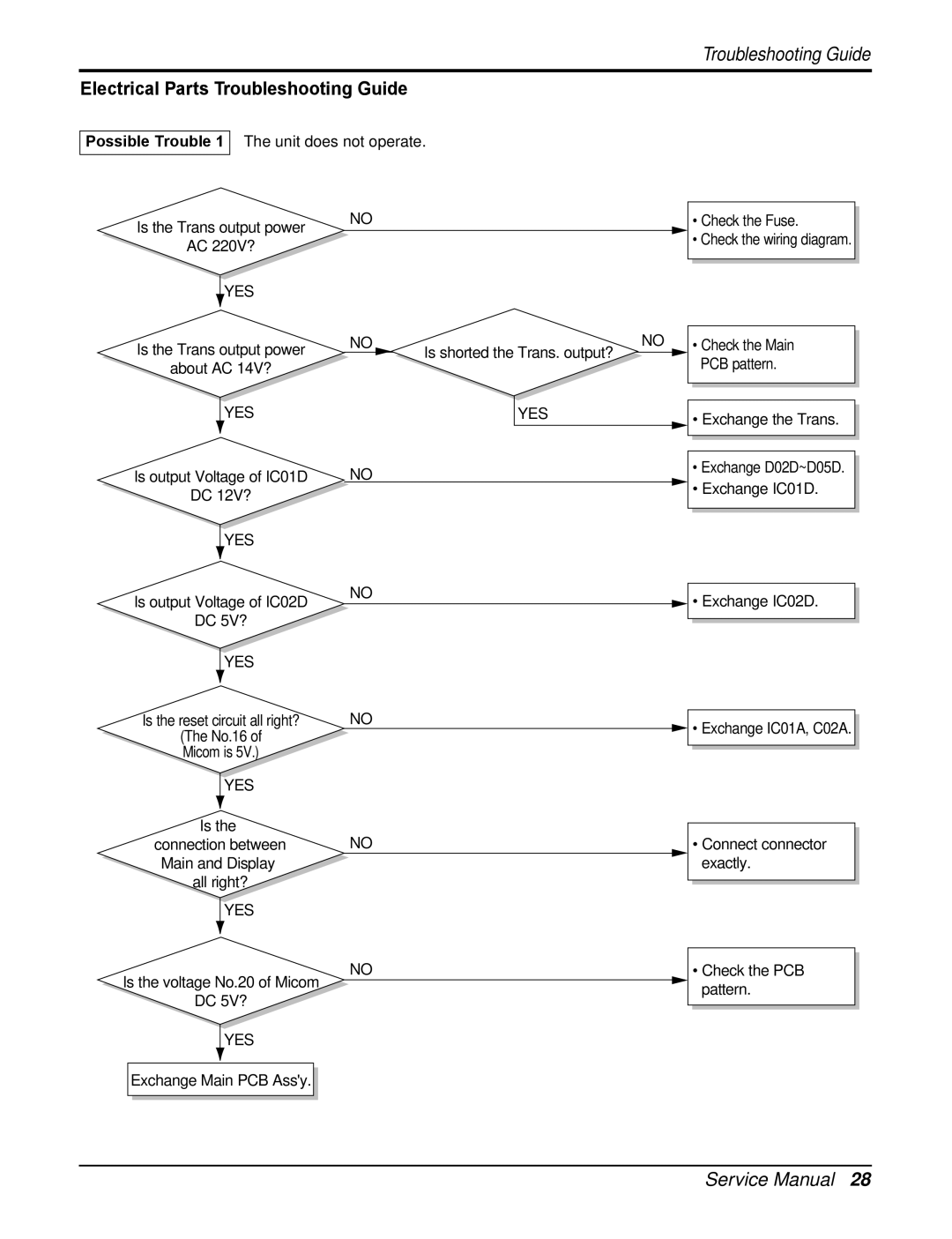RAD-183A, RAD-243A specifications
The Heat Controller RAD-183A and RAD-243A are advanced heating solutions designed for optimal climate control and energy efficiency. These models cater to both residential and commercial spaces, providing reliable heating with user-friendly features and innovative technologies.One of the standout features of the RAD series is its exceptional heating capacity. The RAD-183A has the capability to heat spaces up to 1,800 square feet, making it ideal for medium-sized rooms, while the RAD-243A can effectively service larger areas, catering to spaces of up to 2,400 square feet. This capacity ensures that users can maintain a comfortable environment regardless of external weather conditions.
Both models are equipped with smart heating technology that adjusts the output based on the room's temperature. The thermostat embedded in the RAD-183A and RAD-243A allows for precise temperature control, ensuring that the desired warmth is maintained without unnecessary energy consumption. This means users can rely on their heating system to provide a cozy atmosphere while saving on energy bills.
Energy efficiency is at the forefront of the design for both models. They are engineered to comply with rigorous energy consumption regulations, helping to reduce carbon footprints and lower operating costs. Their high efficiency ratings reflect their capability to deliver maximum heat output while utilizing minimal electricity. This makes them an environmentally friendly choice for conscientious consumers.
Another key characteristic of the RAD-183A and RAD-243A is their user-friendly interface. Both units feature easy-to-read displays and intuitive controls, allowing users to adjust settings effortlessly. With programmable features, homeowners can set schedules to align with their daily routines, further optimizing energy use while ensuring comfort.
Safety is also a paramount consideration in the design of these models. Equipped with multiple safety features, including overheat protection and tip-over switches, users can have peace of mind knowing that their heater operates safely and reliably.
In summary, the Heat Controller RAD-183A and RAD-243A stand out in the market due to their efficient heating capabilities, smart technology, energy efficiency, and user-centric design. With these models, individuals can experience warmth and comfort in their spaces while being mindful of energy consumption and safety.

